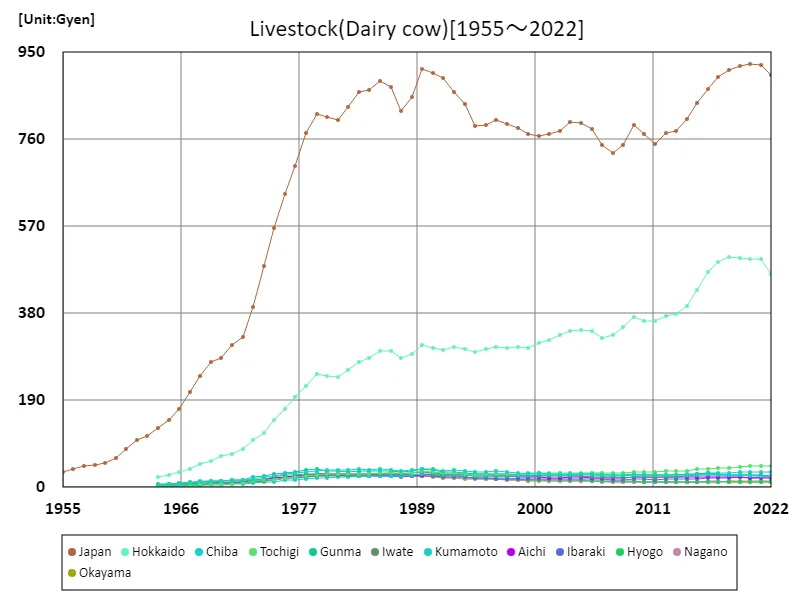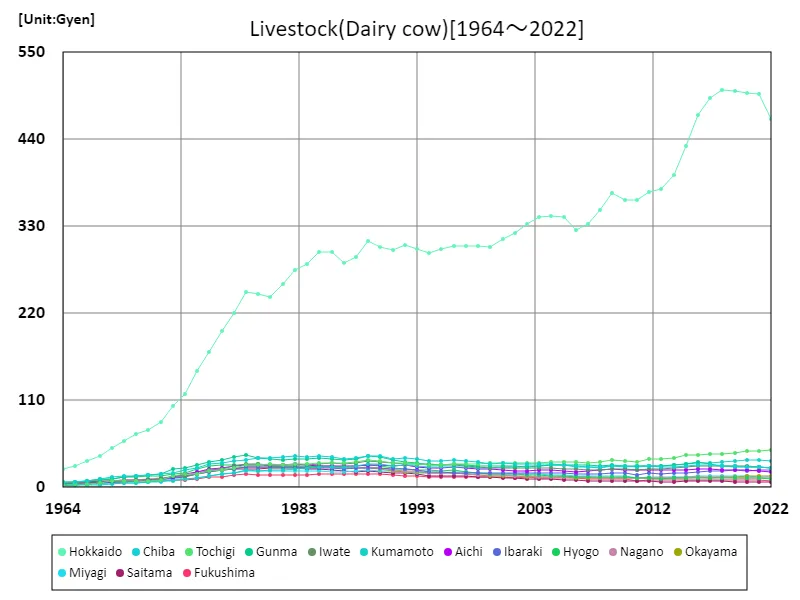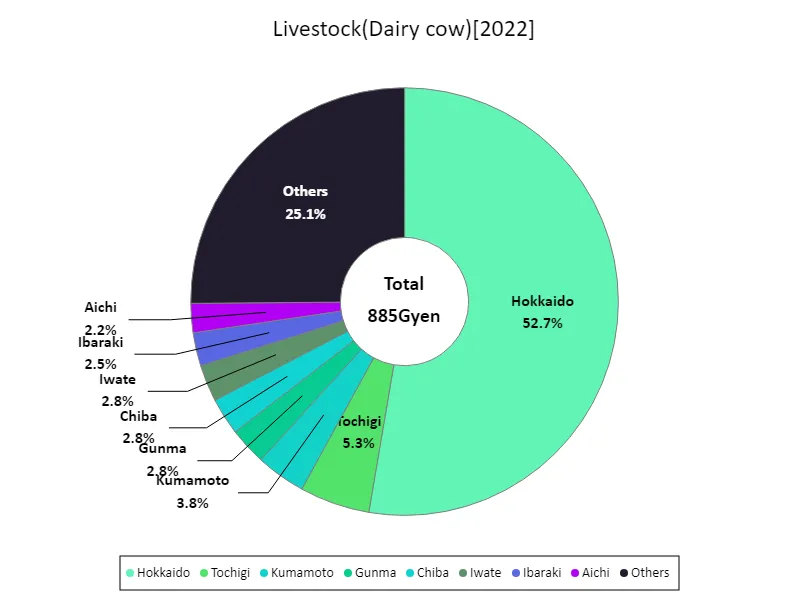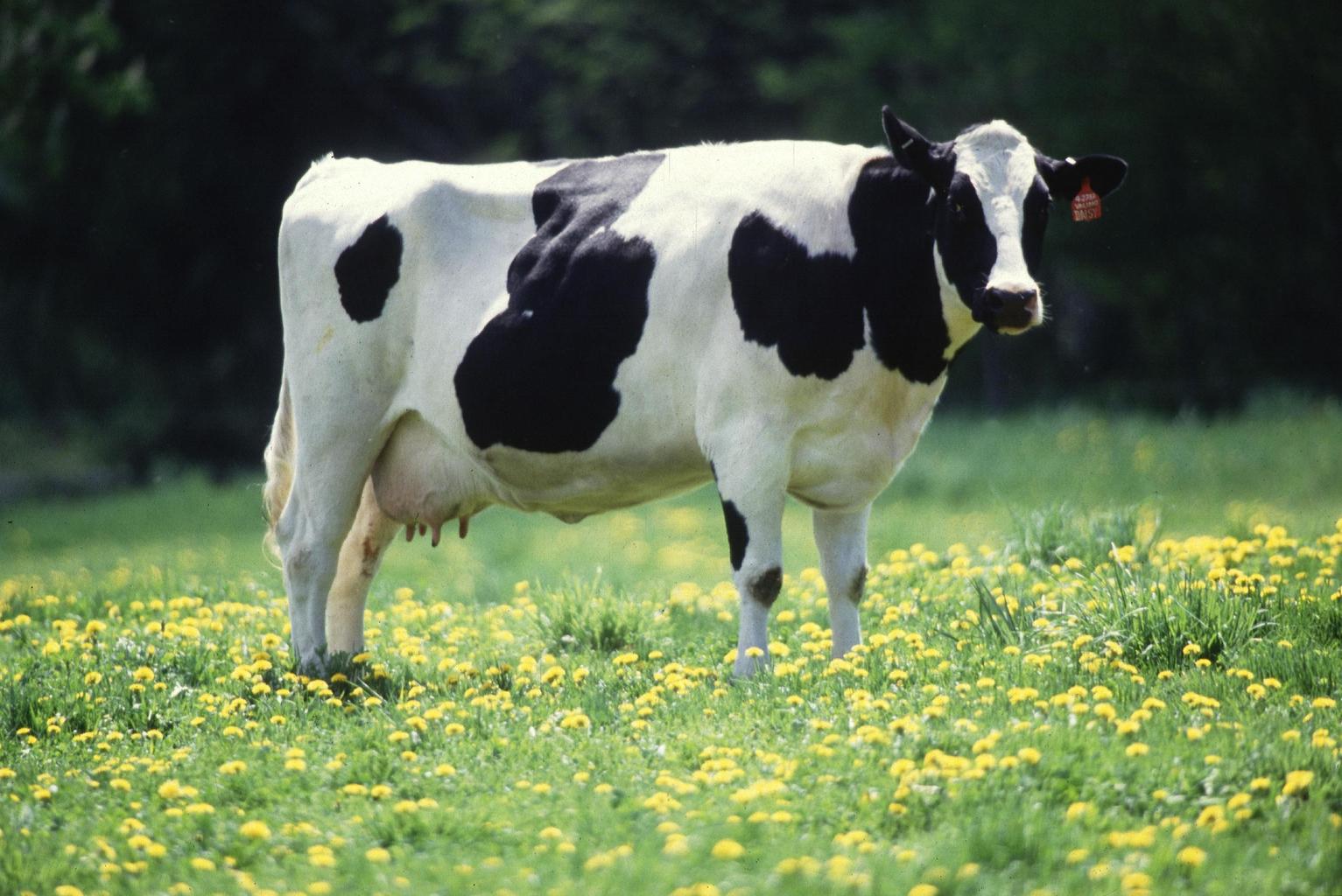Abstract
In Japan, income from dairy cows has fluctuated over the years. Historically, the sector has faced challenges such as declining rural labor and rising costs, affecting overall revenue. However, advancements in technology and management practices have improved efficiency and productivity. By 2022, income from dairy cows reached a peak of 901 billion yen, reflecting resilience and adaptation in the industry. This increase highlights a shift towards more sustainable practices and innovations in dairy farming, contributing to a robust and evolving sector despite past challenges.
Production income from dairy cattle
Since 1955, income from dairy cows in Japan has seen notable fluctuations. The peak of 925 billion yen in 2020 marked the highest income, reflecting robust growth in the sector. Despite a slight decline to 97.5% of this peak in recent years, the industry remains strong. Trends indicate resilience and adaptation, with advances in technology and farming practices contributing to improved productivity. The sector’s ability to maintain near-peak income levels amidst challenges underscores its vital role in Japanese agriculture and its capacity for sustained growth.


The maximum is 925Gyen[2020] of Japan, and the current value is about 97.5%
Dairy cattle production income (prefectures)
Since 1964, Hokkaido’s dairy income has experienced significant changes, peaking at 503 billion yen in 2018. This peak reflects Hokkaido’s dominant role in Japan’s dairy sector, driven by its favorable climate and advanced farming techniques. Although income has recently decreased to 92.7% of this peak, the region remains a critical player in dairy production. Trends show a shift towards optimizing efficiency and sustainability in response to evolving market demands. Despite fluctuations, Hokkaido’s dairy industry continues to adapt, maintaining its key position in Japanese agriculture.


The maximum is 503Gyen[2018] of Hokkaido, and the current value is about 92.7%
Production income from dairy cattle (latest year, prefecture)
As of 2022, Hokkaido leads Japan’s dairy industry with an impressive income of 466 billion yen, highlighting its pivotal role in the sector. The national total stands at 885 billion yen, with an average income of 18.8 billion yen, reflecting a broad distribution across regions. Trends indicate that while Hokkaido remains a major contributor, there is a significant income spread, showing diverse regional contributions. The industry continues to evolve, focusing on improving productivity and sustainability to maintain its economic significance despite variations in income levels.


The maximum is 466Gyen of Hokkaido, the average is 18.8Gyen, and the total is 885Gyen



Comments